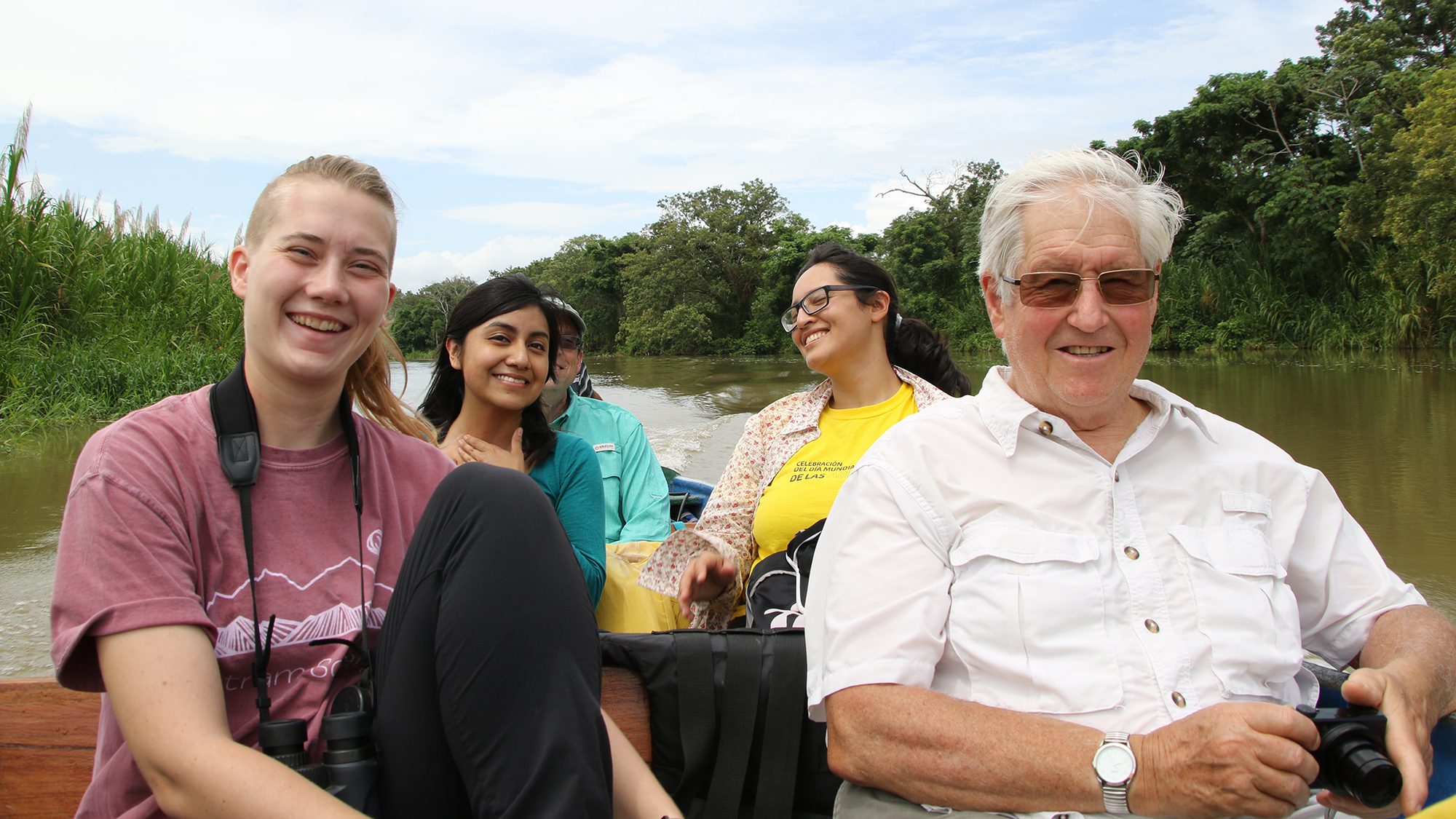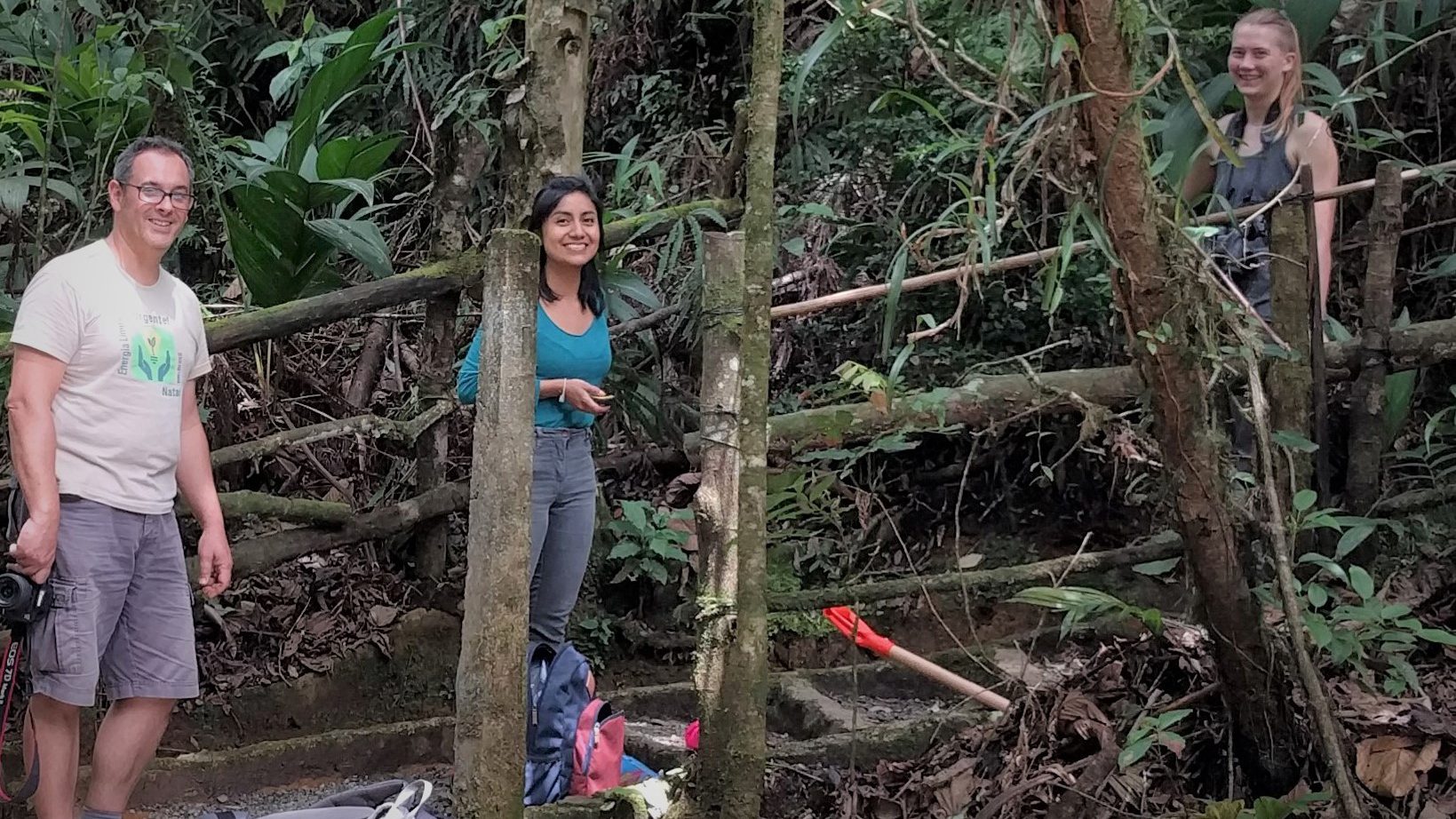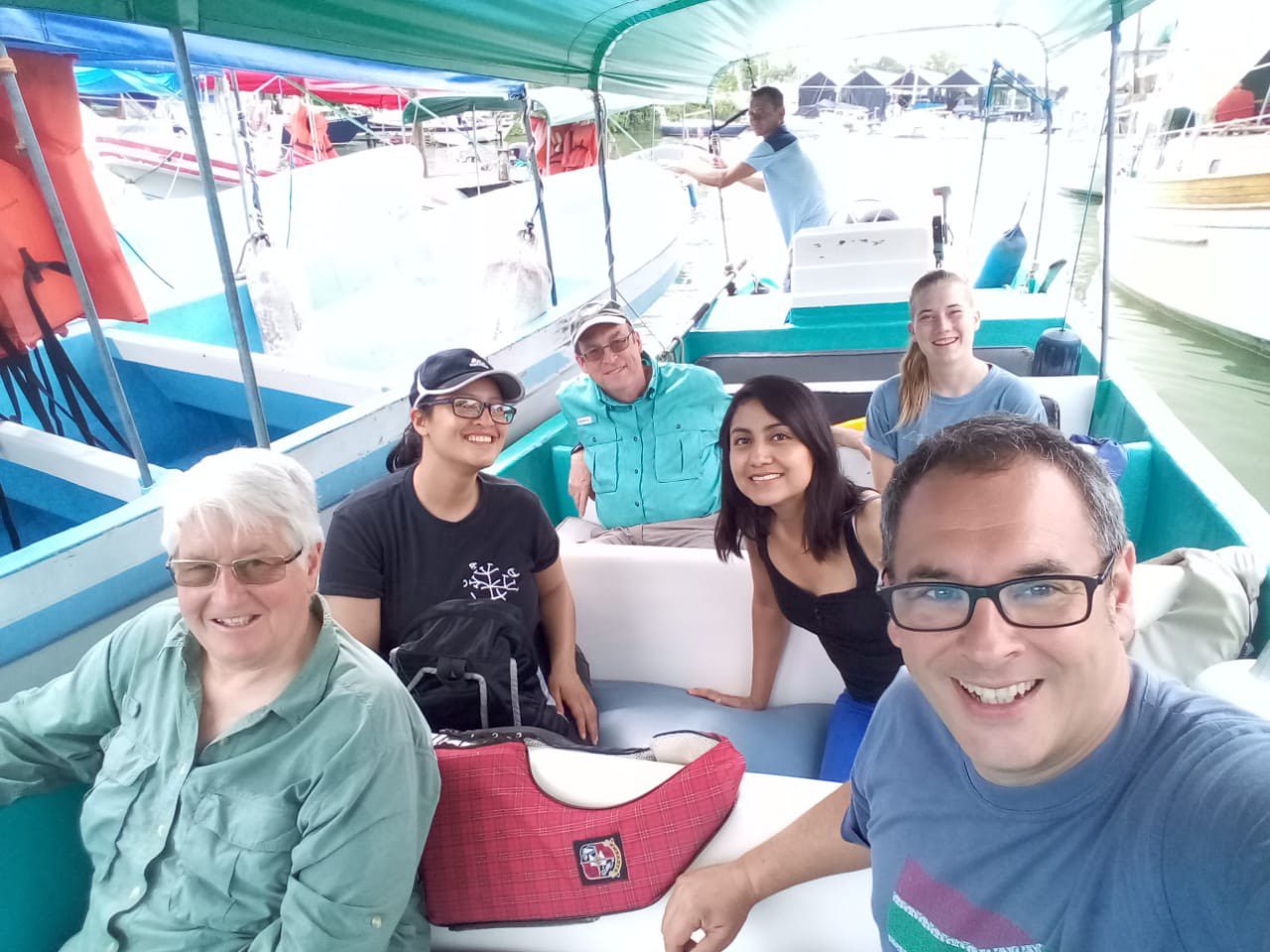When plants contain metal, Haley Disinger ’20 wants to know why

Haley Disinger ’20 hardly noticed the tropical heat of Izabal, Guatemala, in July – so immersed was she in botanical questions.
“When you’re in another country and you’re there to do research, things like heat, humidity and bugs just seem less bad,” said the biology and sustainability science major.
In July, Disinger was a research student in Guatemala for Furman Professor of Biology Joseph Pollard. The field research followed a survey she conducted at the herbarium at the Missouri Botanic Garden in St. Louis, where Disinger was able to screen specimens before searching for them in the field in Guatemala. Disinger’s work is among more 145 digital presentations of students’ engaged learning experiences highlighted during the virtual 12th annual Furman Engaged. Student presentations will be available for public viewing beginning May 4.
“I’m really fascinated by plants,” she said. “I was looking forward to an intensive research experience, and I’d had Dr. (Joe) Pollard for a class before. It’s been fantastic.”
What does it mean when plants – and in Disinger’s case, those in the coffee, olive and violet families – have an especially high concentration of the metal nickel, known as hyperaccumulation, levels that would ordinarily be toxic to other plants?
“Why do some have this ability but others do not?” she wondered. Disinger’s research is related to other questions that scientists are asking, such as how to use plants to remove metals from the soil, and whether extracting nickel from the plants can offset the need for more environmentally harmful ways of collecting nickel.
“The way you extract nickel (from plants) is by incineration,” she said. “So there are environmental concerns with that. But when you compare it to the environmental concerns associated with a strip mine or pit mine, suddenly incineration doesn’t look as bad.”

Professor Guillaume Echevarria (University of Lorraine, France), Dulce Navarrete (Ph.D. student from University of Chapingo, Mexico), and Haley Disinger ’20 at a cloud-forest reserve called the Biotopo del Quetzal, in the mountains of central Guatemala.
As for what’s next, Disinger will explore a very different environment as an intern for the United States Geological Survey Forest and Rangeland Ecosystem Science Center, based out of the Snake River Field Station.
She will be in Idaho looking at revegetation after a wildfire, along with fire ecology, restoration ecology, adaptive management and other areas of research.
“It’s a different kind of project, but I’ll be excited to be looking at plants,” said Disinger.
Furman Engaged, a celebration of undergraduate research, internships, study away, creative projects, service learning and other immersive learning experiences, gives students the opportunity to share their work with peers, faculty, staff and the community. Due to the COVID-19 pandemic, the daylong campus event has been adapted to an online-only event this year.

Professor of Biology Joe Pollard and Haley Disinger ’20 (back row) on a boat in Guatemala in July.